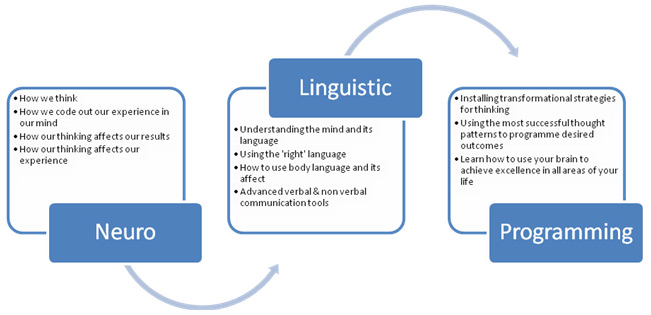Anger – where does this takes you? Studies shows that people dealing with anger problems recalls tragic events in their past and later brought them anguish and unpredictable behavior. When someone starts getting in your nerves, you simply lost it or burst your bubble eventually. Anger is not healthy at all. Putting across the way you feel towards a person or a situation is the best thing that you can do. There are several reasons why people face anger management issues. Conveying it directly or indirectly is rather unsafe and mediocre. Following these tips of dealing with anguish behavior will ensure controlled emotions and better communication with others.
1. Admitting that you are Angry
People do not often admit that their mistakes and even anger issues. Why? Because they are afraid to hear more negative things and criticisms towards them and they are unable to figure out their unstable emotions. It is really crucial to acknowledge mistakes and that a person is pressured by anger. To avoid these situations, admitting that you are angry is the first step to treatment.
2. Identifying the Root Cause
As mentioned previously, anger has a deeper meaning, a root cause. Taking full responsibility of your feelings is the greatest lesson that you will learn. Anger is unhealthy. It can trigger emotional and physical instabilities. Identifying the root cause is the best way to go. How? Talk to a psychiatrist to know about your personality. Tests are given to measure your stress levels. Or have an intimate conversation with yourself and look what makes your angry – is it a person, place, object or situation?
3. There is Hope!
Every problem has a solution. Patients with anger management issues are frequently stressed by their environment. This is the reason why they don’t communicate effectively! They easily lose their temper whenever things won’t fall on their hands. Remember, the world doesn’t revolve around them. Making some adjustments is hard to do but analyzing personal traits can make a huge difference. For most people, anger is an emotion. Yes, it is true! But it is controllable. If you are personally dealing with this problem, then it’s never too late to ask for help. Anger is toxic – it prevents a person from communicating effectively and gaining respect from others.
4. Redirect and Ease Up
Most people don’t like hot-tempered individuals. Why? The moment anger manifested it turns to uncontainable behavior such as rage or hurting someone. Redirecting anger is a definite solution. Channel your energy to productive activities to ease up. Take heed, managing anger is a personal decision. Change is, however, inevitable. Relaxation techniques are recommended – simple breathing can cast off temper.
Effective communication enables people to pay close attention to you. You don’t want them to disrespect you if anger comes along in the scenario. Again, anger is unhealthy, toxic and downright mediocre. Even though it is nice to vent out frustrations, it still does not bring anything good to you. If there is no reason to be mad at somebody, then control it! Communication is about understanding one another.










